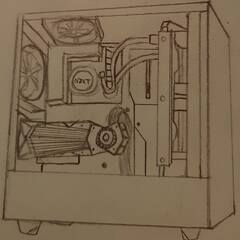Help me "game" on a server board? Need advice.
-
Topics
-
WolfiVR ·
Posted in Troubleshooting0 -
4
-
hanouzz ·
Posted in New Builds and Planning0 -
fade2black001 ·
Posted in Troubleshooting0 -
3
-
Emily Young ·
Posted in LTT Releases8 -
0
-
Zalosath ·
Posted in Troubleshooting3 -
NorfStaaar ·
Posted in Troubleshooting1 -
0
-

















Create an account or sign in to comment
You need to be a member in order to leave a comment
Create an account
Sign up for a new account in our community. It's easy!
Register a new accountSign in
Already have an account? Sign in here.
Sign In Now